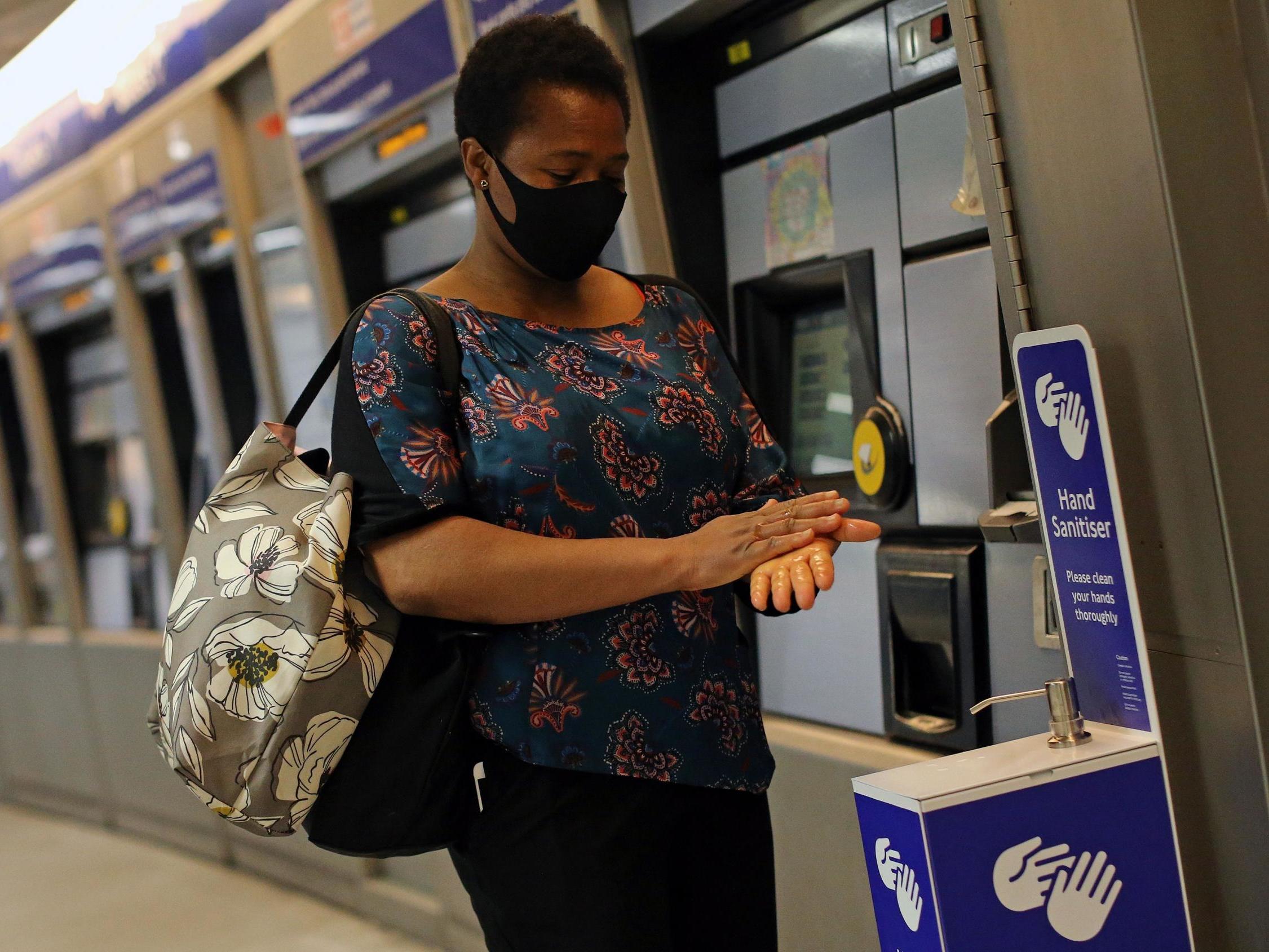This website uses cookies so that we can provide you with the best user experience possible. Cookie information is stored in your browser and performs functions such as recognising you when you return to our website and helping our team to understand which sections of the website you find most interesting and useful.

Since the coronavirus outbreak began there has been significant debate as to whether face masks and face coverings are effective at containing or preventing the spread of Covid-19.
In May, the government advised that people in England should wear face coverings in ”enclosed public spaces”, such as in shops and on public transport.
However, on 4 June the government announced that face coverings will be compulsory in England on public transport, in anticipation of further relaxing of coronavirus measures.
So who will need to wear a face covering, where do you need to wear one, and from when?
What are the new rules surrounding face coverings in the England?
It will become compulsory to wear a face covering on public transport in England from the 15 June.
The move is designed to prevent an upsurge in coronavirus infections as the country continues to relax lockdown measures, with non-essential shops also being allowed to reopen from 15 June.
The government has stipulated that people should continue working from home if they can do so and avoid public transport where possible.
Where exactly do I need to wear a face covering?
In light of the new rules, everyone will now be required to wear a face covering on public transport, with some exemptions for children, disabled people, and those with breathing difficulties.
Until now the government has also advised that people wear face coverings in a number of other enclosed public spaces where social distancing may not be possible, such as shops.
“We need to ensure every precaution is taken on buses, trains, aircraft, and on ferries,” transport secretary Grant Shapps said.
Wearing a facemask does not substitute for two-metre social distancing, which should still be observed in public wherever possible.
Who should wear one?
Face coverings are not recommended for very young children, disabled people, or those who have breathing difficulties and respiratory problems that may be exacerbated by wearing a face covering.
These groups will be exempt from the new regulations regarding public transport.
What is the difference between a face covering and a face mask?
The government has stressed that face coverings should not be confused with medical face masks or respirators, which should be reserved for medical professionals and other frontline workers.
Face coverings are typically made of cloth and are intended to block bigger droplets before they become aerosolised.
Where can I get one?
A face covering can be easily made at home from a T-shirt or even a sock either by cutting the mask to size or sewing fabric together to create a piece of fabric that covers your mouth and nose comfortably. You can find out how to make one at home here.
Anyone can also purchase a range of patterned and fitted face coverings online from a number of handmade and professional retailers, find out some of the places you can buy coverings here.
A face covering can also be something as simple as using a scarf or bandana that ties behind the head to cover your mouth and nose.
The government stressed people should not purchase medical face masks. Face coverings should be washed after use as soon as possible.
What will happen if I don’t wear one?
Wearing a face covering would be made a “condition of travel” on public transport, Mr Shapps said. The transport secretary said that fines will be imposed on those who fail to wear them.
It is not immediately clear how the rule regarding face coverings will be enforced, as they are not currently included in regulations police use to action lockdown breaches.
Everyone should continue to wash their hands frequently and not touch their face at all times, whether or not you are wearing a face covering. Social distancing measures should continue to be observed in public where possible.



 Africana55 Radio
Africana55 Radio 

